UV-C Light: Enhancing Cannabis Post-Harvest Quality and Yield
There’s a lot of online hype on how to deploy UV-C in cannabis cultivation. Many cultivators focus on mitigating powdery mildew and Botrytis, but most cultivators fail to realize that post-harvest deployments are an important means of leveraging this brilliant non-toxic, and non-spray disinfection technology. UV-C radiation is a type of ultraviolet light that has a wavelength of 200 to 280 nanometers. It is used to kill microorganisms, such as bacteria, viruses, and mold that lead to lost profits and poor QA in cannabis production. UV-C radiation is also effective at inactivating spores, which are dormant forms of microorganisms that can germinate and cause spoilage.
Post-harvest cannabis is susceptible to a variety of microbial contaminants, which can lead to spoilage and health risks. UV-C radiation can be used to help prevent these problems by killing microorganisms on the surface of cannabis buds, in the air, and in the water used to irrigate the plants.
UV-C radiation can be used in a variety of ways to help ensure the safety and quality of post-harvest cannabis. One way is to use UV-C lamps in the drying room. The UV-C lamps can be placed in the air stream of the drying room, where they will help to kill microorganisms in the air. Alternatively, or non-irradiated ceiling-fixed UVGI systems can also be placed inside your drying rooms where they will destroy microorganisms in the air. UV-C lamps can also be dosed directly on the cannabis buds, where the UV-C light will help to kill microorganisms on the surface of the buds.
Another way to use UV-C radiation is to use UV-C LED water treatment systems. These systems add UV-C radiation to the water used to irrigate cannabis plants. The UV-C radiation helps to kill microorganisms in the water, which can prevent plant disease in cannabis.
UV-C radiation is a safe and effective way to help prevent microbial contamination of post-harvest cannabis. It can be used in a variety of ways to help ensure the safety and quality of this valuable crop.
Reducing the Impact of Pests: UV-C light can be used to mimic natural conditions and trigger the release of defensive compounds in cannabis plants. These compounds help repel pests and deter certain insects like whiteflies, aphids, two spotted spider mites, and thrips, which can be detrimental to the plants. The defensive compounds can also enhance the taste, color, and concentrations of THC and CBD in cannabis, making it more aromatic and flavorful. Since very few miticides (sprays) are currently effective in suppressing two spotted spider mites, the use of UV light provides an effective physical control method. [1].
Increasing THC Content: When exposed to UV light, cannabis plants produce higher densities of trichomes, which act as a natural sunscreen for the plant, shielding it from UV light and storing THC and CBD. By increasing the density of trichomes through UV-C exposure, the THC and CBD content in the cannabis can be boosted by as much as 29%, resulting in a more potent product.
Accelerating the Germination Process: UV-C light can speed up the germination process of cannabis seeds when applied in the early stages of growth. By subjecting seedlings to more intense light sources, growers can prepare the plants for high-intensity light later on, promoting faster and healthier growth [2].
Apart from UV-C light, other factors like drying and curing methods also play a significant role in preserving the quality of cannabis post-harvest. Commercial bud trimmers, buckers, trimming scissors, and conveyors should all be consistently disinfected with UV-C to ensure that pathogens like HLVd don’t spread through the contamination of such trimming tools. Proper drying techniques and technologies can help maintain the bioactive compounds and increase shelf life, contributing to the production of high-quality medicinal cannabis products [3]. Drying and curing cannabis involve controlling temperature, humidity, airflow, and lighting to achieve the desired flavor profile and effects of the bud [4]. Therefore, a holistic approach that considers various factors, including the use of UV-C light, can help improve the overall quality of post-harvest cannabis. Although UV-C requires a significant upfront financial investment, deploying UV-C is critical in post-harvest applications for all of the above reasons.
- Steve Grabenheimer
References:
[2] https://chembioagro.springeropen.com/articles/10.1186/s40538-022-00358-4
[3] https://pubmed.ncbi.nlm.nih.gov/30813484/
[4] https://www.analyticalcannabis.com/articles/a-guide-to-drying-and-curing-cannabis-313091


